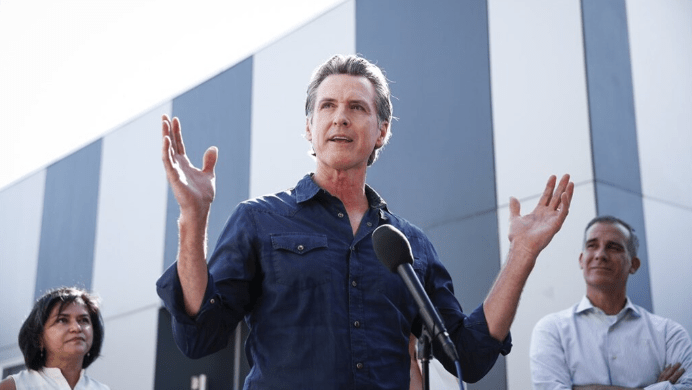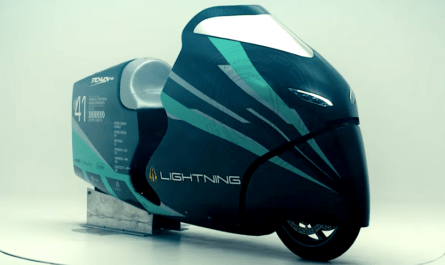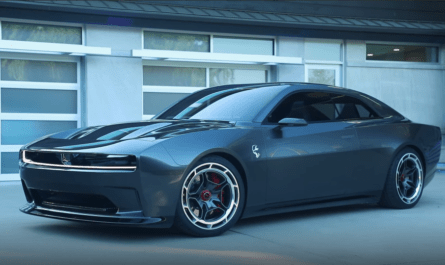California to extinguish ICE vehicle sales by 2035. This is the most radical and bold move by the California Air Resources Board and it’s one of the most stringent moves to make it to net zero emission norms in the entire globe with this California emission policy.
California accounts for about 10 % of all vehicles sold in the country as it’s the most populous state. In a move by the Air Resource Board Of California, all the vehicles mean all with no exclusions that are sold in the state by 2035 shall be greener either electric or hydrogen.
Concerns and practicality for implementing new regulations in California
“It’s going to be very hard getting to 100%,” said Daniel Sperling, a board member and founding director of the Institute of Transportation Studies at the University of California, Davis. “You can’t just wave your wand, you can’t just adopt a regulation — people actually have to buy them and use them.”
Washington state and Massachusetts already have said they will follow California’s lead and many more are likely to — New York and Pennsylvania are among 17 states that have adopted some or all of California’s tailpipe emission standards that are stricter than federal rules. The European Parliament in June backed a plan to effectively prohibit the sale of gas and diesel cars in the 27-nation European Union by 2035, and Canada has mandated the sale of zero-emission cars by the same year.
California’s policy doesn’t ban cars that run on gas — after 2035 people can keep their existing cars or buy used ones, and 20% of sales can be plug-in hybrids that run on batteries and gas. Though hydrogen is a fuel option under the new regulations, cars that run on fuel cells have made up less than 1% of car sales in recent years.
The switch from gas will drastically reduce emissions and air pollutants. Transportation is the single largest source of emissions in the state, accounting for about 40% of the state’s greenhouse gas emissions. The air board is working on different regulations for motorcycles and larger trucks. All of the above has a lot of challenges and we shall see to it all of them one by one.
Will the manufacturers be able to keep pace with the demand for new technology vehicles?
Well, the supply-demand bridge for the new vehicles seems to be an achievable target for the manufacturers. Now, let’s break down some numbers for you. During the first half of this year, electric vehicle sales accounted for about 15% of California’s new vehicle market. New vehicle sales in the state normally run around 2 million per year. That’s roughly a 1.5 million difference that has to be made up by 2035. But almost every day, automakers are announcing new EV models, battery factories, and assembly plants. Ford, General Motors, Toyota, Hyundai-Kia, Stellantis, and VinFast have announced plans for 10 U.S. battery plants.
“New plants are coming in and old plants are being converted,” said Sam Fiorani, vice president of AutoForecast Solutions. “The plans are in place for a large number of vehicles being ready for the U.S. and global markets.”
The big ifs, though, are whether there will be enough precious metals, such as lithium, to make the batteries and whether EV prices will come down quickly enough. Laurie Holmes, senior manager of government affairs for Kia, told California officials Thursday that the industry could have difficulty meeting sales targets. She urged the state to support incentives for consumers to buy EVs and to help build out a charging system.
What about the load on the electric grid?
Well, again we have some math for you. The California Energy Commission expects electric vehicles to add only a small amount of power use in the next 10 years. The commission estimates that 3.7 million light-duty electric vehicles will be in use in the state in 2030, and they will account for only about 2.6% of electricity use during peak hours. David Reichmuth, a senior engineer for the Union of Concerned Scientists, said EV charging can be timed to off-peak hours, especially during the day when wind and solar power are more available. Utilities will be able to send messages to cars to start or stop charging depending on electricity demand, he said.
What about the affordability of green vehicles?
Well, this is a critical question to answer as of now. But still, we know that today gas-powered vehicles are reliable, mass-produced, proven, and matured technology, most importantly it’s not dependent on the rare earth metals and specific materials required in the case of EVs. Well though as of now the average cost of EVs is around 40,000/- USD. But as the battery technology advances and prices are cooling off.
Also, the motor technology for EVs and powertrain improvements with higher efficiency and better cost-to-performance ratios are going to propagate into the market. Also, the states are giving subsidies and cash incentives to EV buyers and lower-income group buyers. Again the EVs cost less to run and maintain which adds to the advantage of opting for an EV, which eventually shall encourage a lot of buyers to save a significant amount of money.
Are EVs actually greener?
Again this is a real serious concern and I have studied tonnes of materials and have seen a lot of many videos explaining how EVs are actually not so greener as they seem to be. One of the most obvious things is what amount of energy is saved and what amount of carbon footprint is reduced by an EV is far more than that of the making of a single EV compared to the gas-powered car.
Meaning that the gas-powered car manufacturing process has a very little carbon footprint than that of manufacturing an EV. Also, there are a lot of environmental concerns, and some of the metals used in batteries today create irreparable damage to the soil and the environment.
What I mentioned above is an old theory and it’s not made up on my own it use to prevail to date and still, you can have research on your own. But anyways in accordance with the new study, there is a ray of hope on the other side of the tunnel. Multiple studies, including some by the Massachusetts Institute of Technology, say yes. While there is pollution from mining, EVs are so much cleaner than gas vehicles on the road that it only takes a short time for them to make up for the mining.
A study released this summer by the Union of Concerned Scientists looked at lifetime emissions, including the manufacturing process. In reference to the above study also found that the emissions from the electric pickup truck or a car in its entire life are less than half of that of the conventional gas-powered car or pickup truck. So the future is exciting and electric let’s wait and watch how it all unfolds. The above-mentioned were some of the thoughts in support of California regulators taking a historic decision which as said before, many other states will follow the suit.




